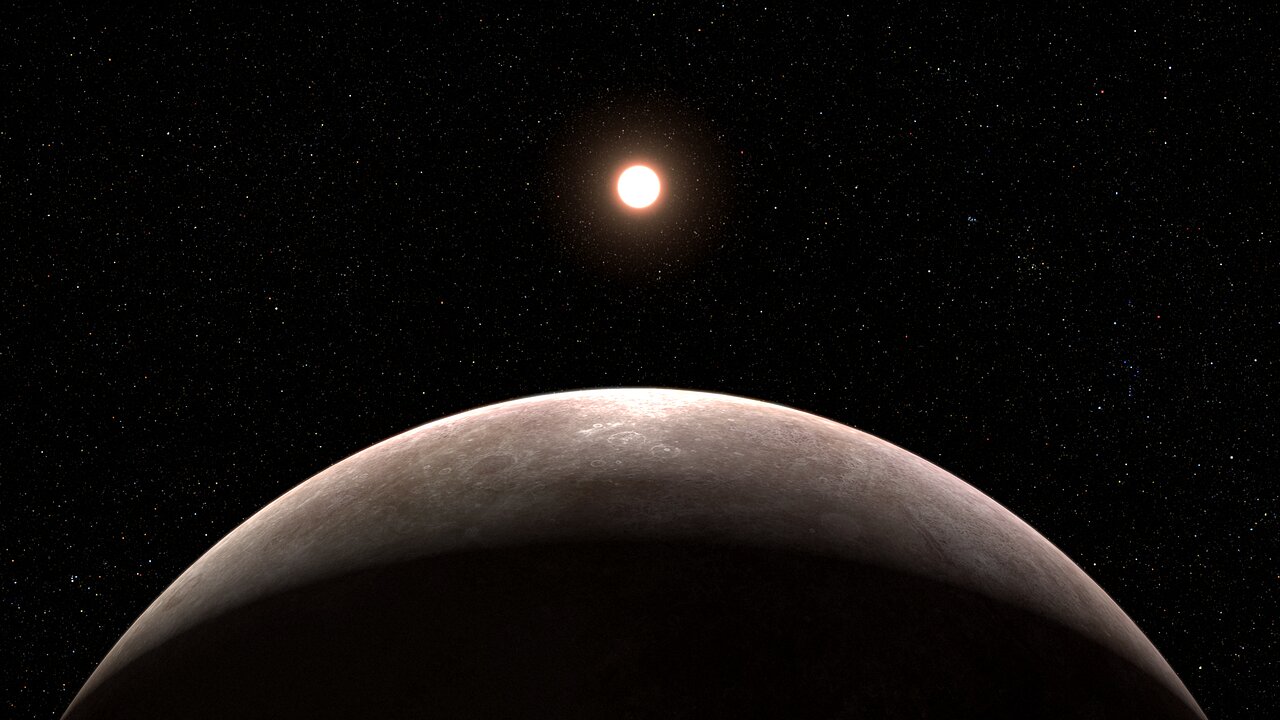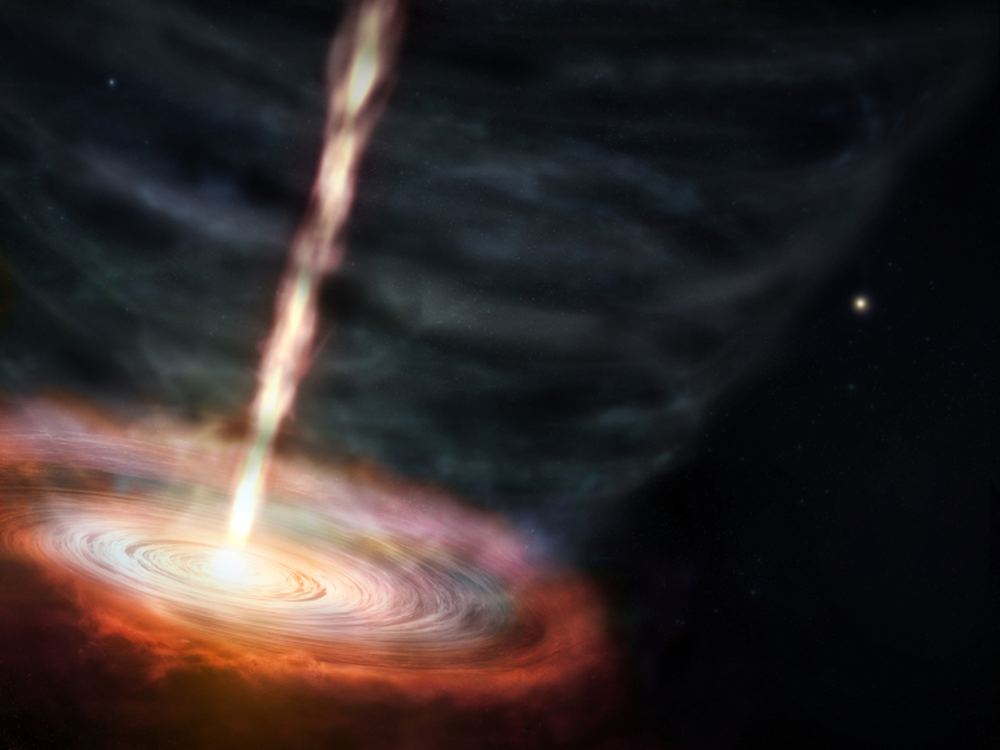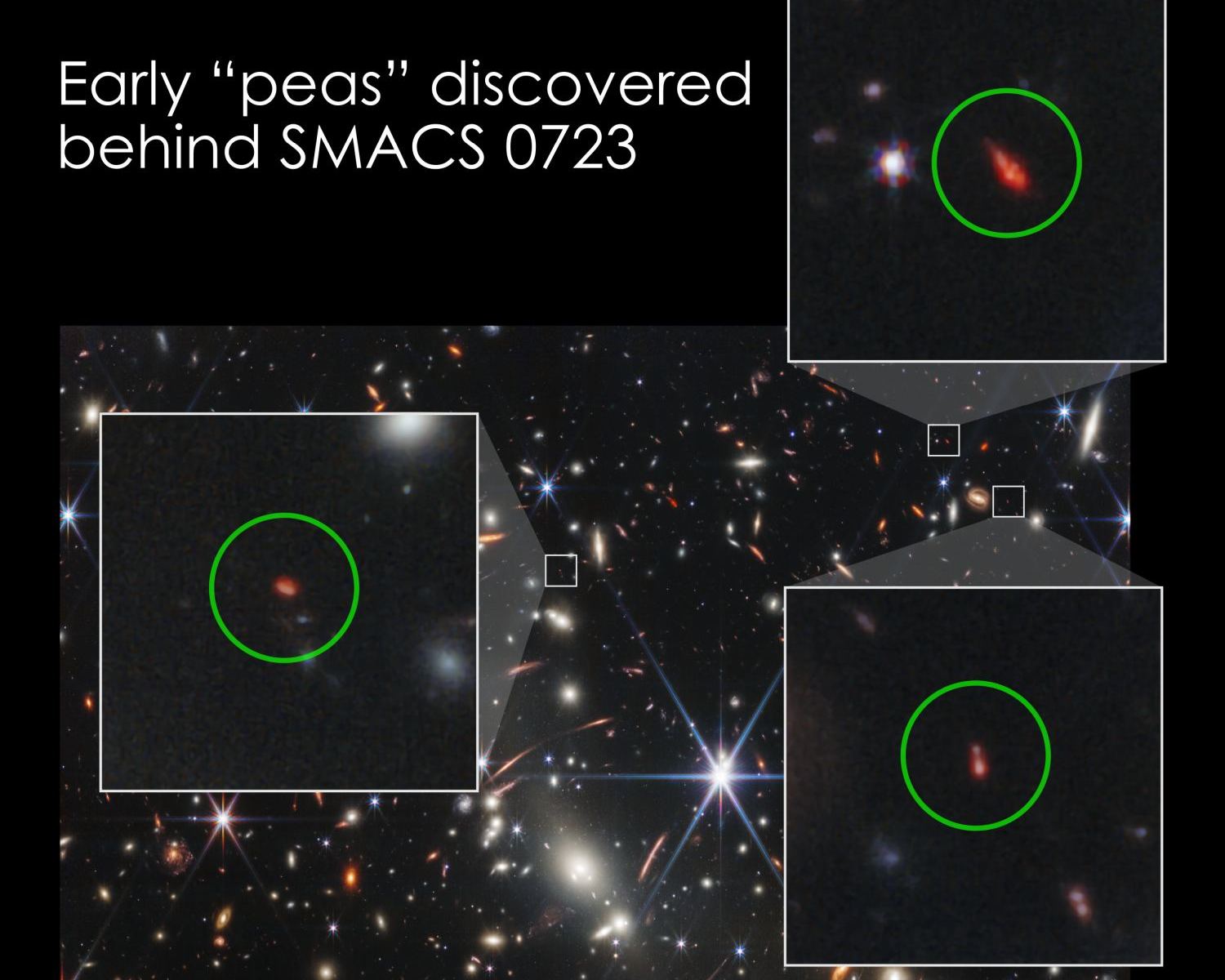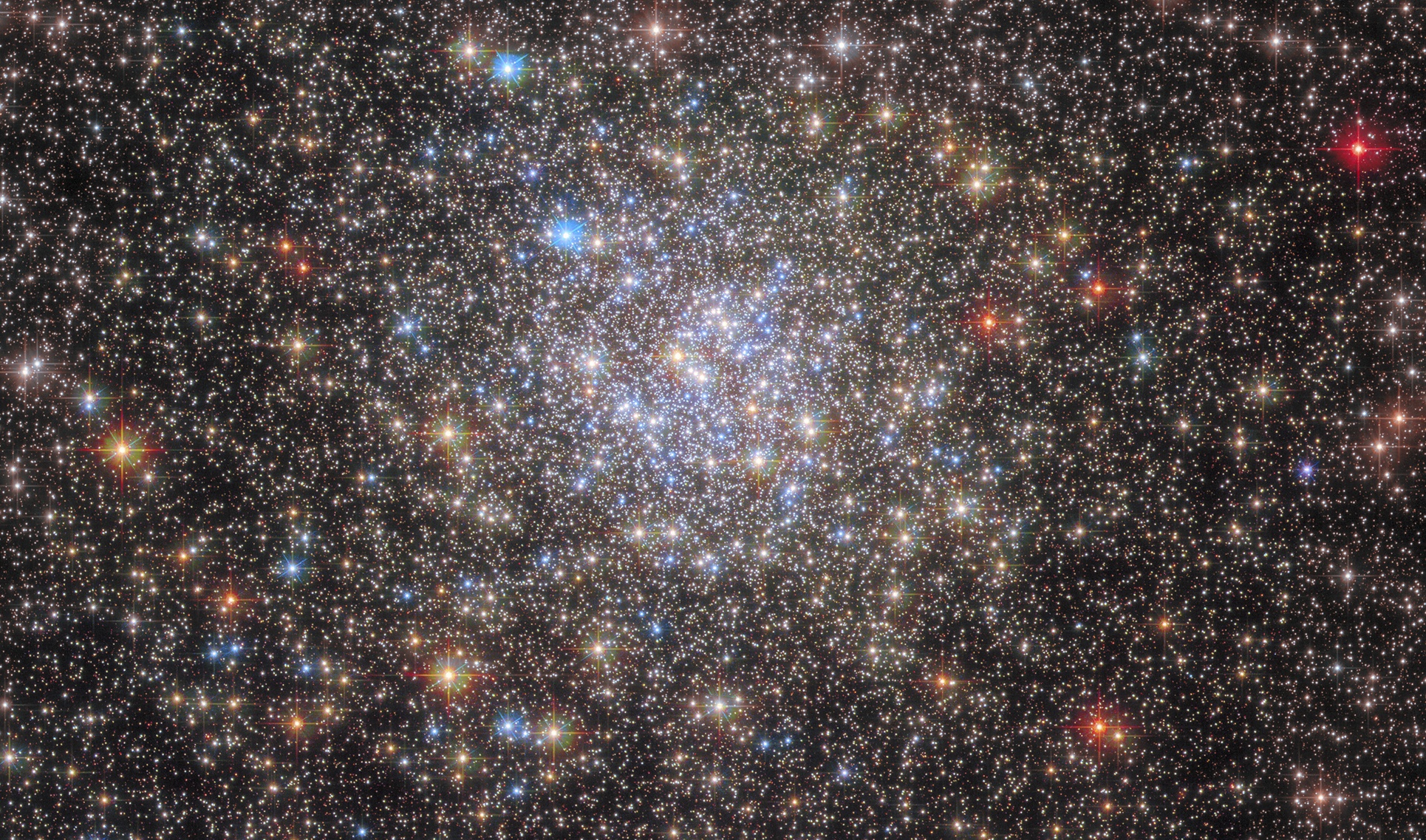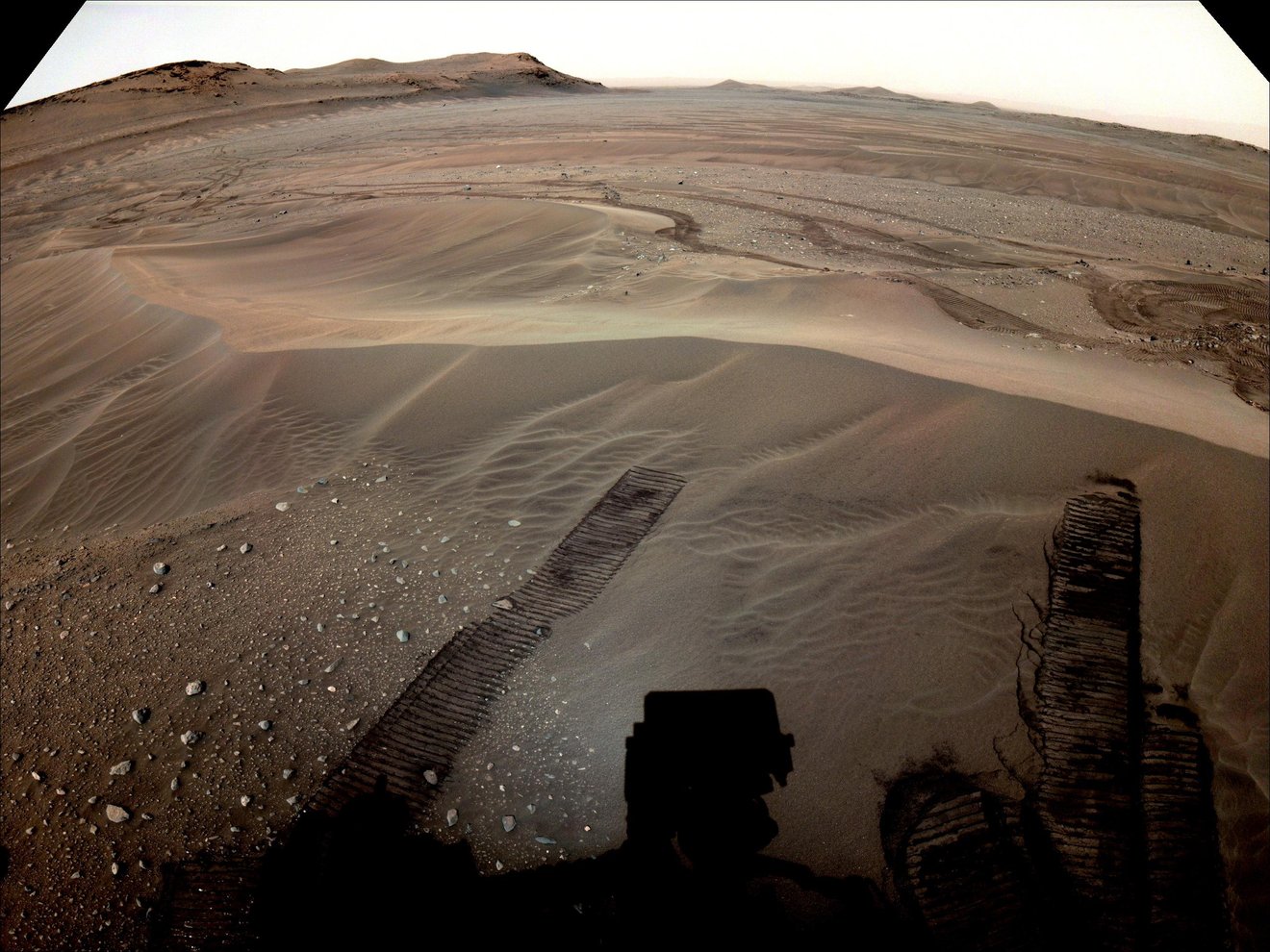The Artemis program intends to put humans on the Moon for the first time since NASA’s Apollo missions. But Artemis has a larger scope than just landing people there, setting up some science experiments, gathering Moon rocks, playing a little golf, then leaving. The intent is to establish a consistent presence.
That will require resources, and one of those critical resources is oxygen.
Continue reading “One Day There Could be a Pipeline of Oxygen Flowing From the Moon’s South Pole”


